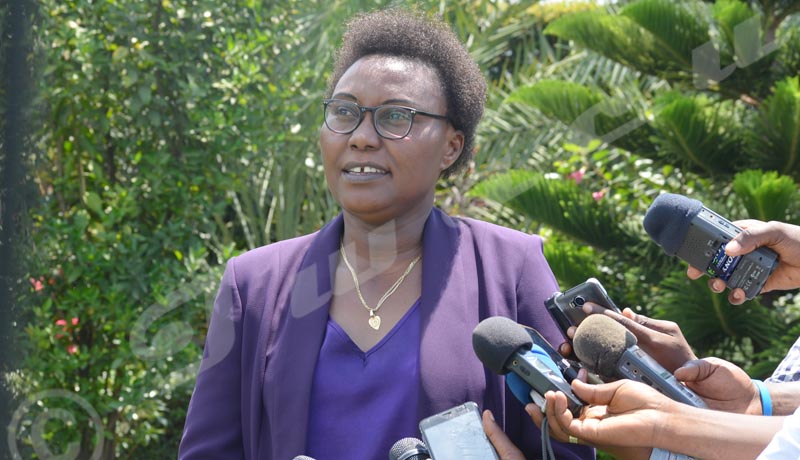According to a survey conducted by Burundi National Bank in 2016, the rate of financial inclusion has moved from 12, 5% in 2012 to 21% in 2016. Jocelyne-Diane Bizimana, Secretary of the national committee in charge of financial inclusion says the number of people using financial institutions remains low due to geographical distance and ignorance.

Jocelyne-Diane Bizimana: “Some people are still excluded from formal financial services
The geographical distance of financial services which are poorly distributed throughout the country and people’s ignorance about using financial institutions are the main causes of the low rate of financial inclusion in Burundi.
“We have about 700 financial services including commercial banks and other financial institutions throughout the country. Half of them are located in the capital Bujumbura and 83% of the services are distributed in Mukaza urban commune,” says Ms. Bizimana.
The poor distribution of financial services doesn’t promote the financial inclusion as some people are still excluded from formal financial services, she adds.
This secretary of the national committee of financial inclusion says there is a need to increase the number of financial services to bring them closer to the population throughout the country. “We must also sensitize people to the importance of saving, withdrawing money, asking for loans as well as other services offered by those financial institutions,” she says.
She says the government, the central bank, commercial banks and other financial institutions must promote financial education among the population and expand outreach in order to increase financial inclusion rate in Burundi.



















 IWACU Open Data
IWACU Open Data

